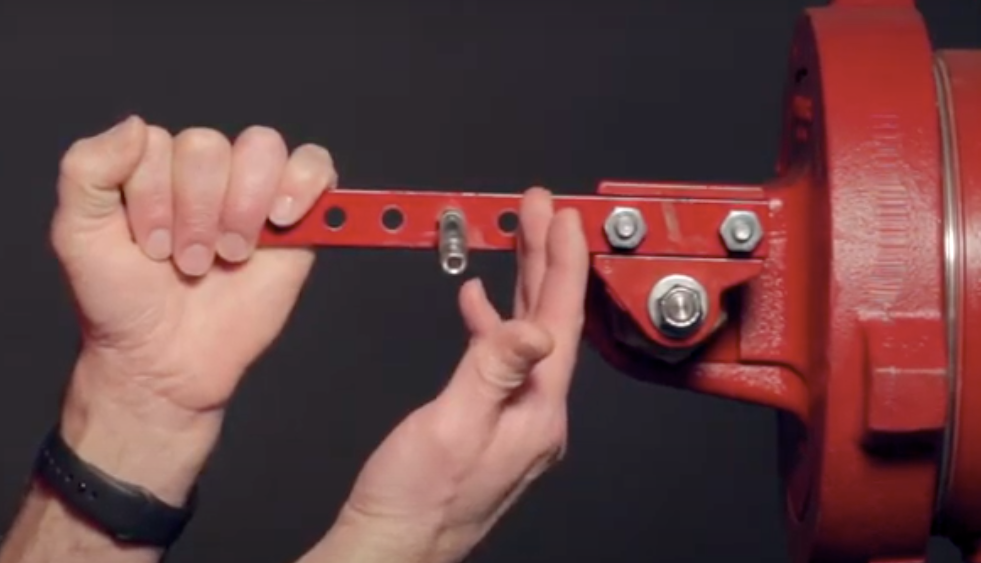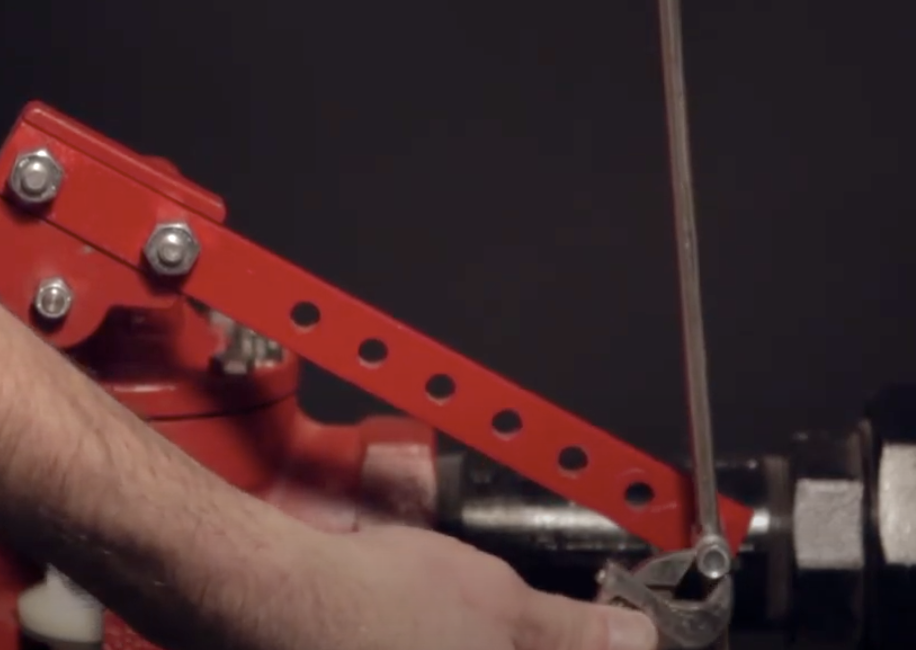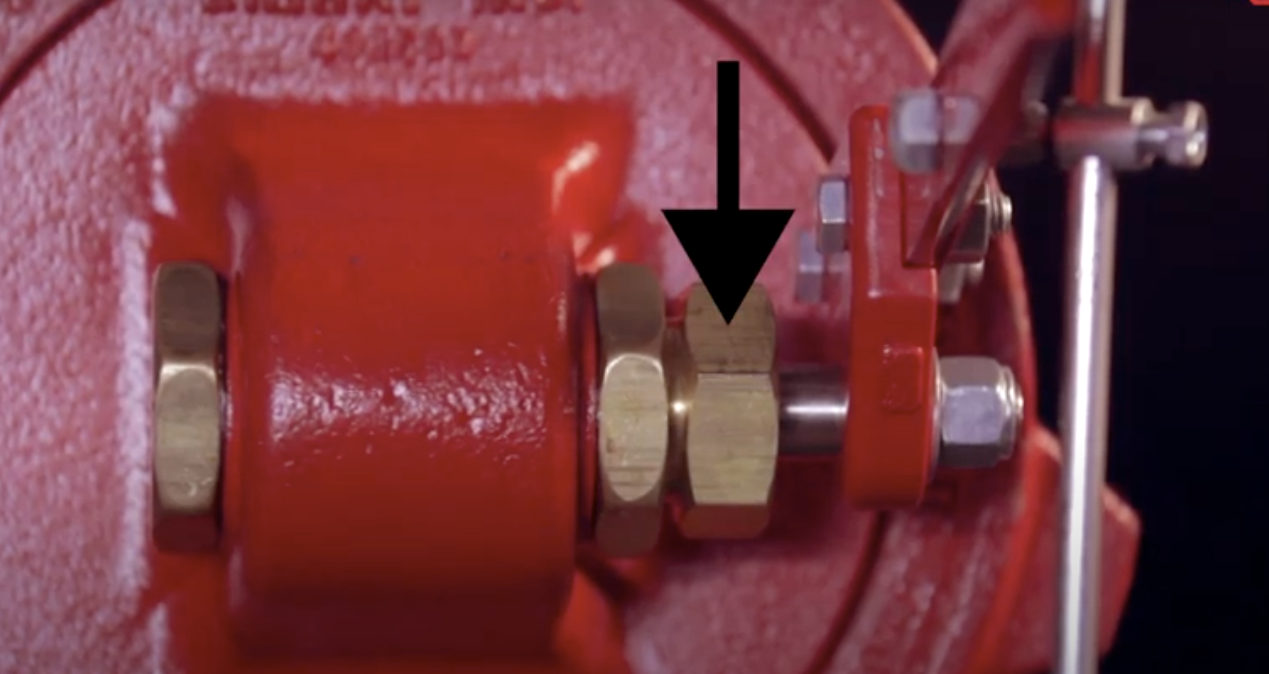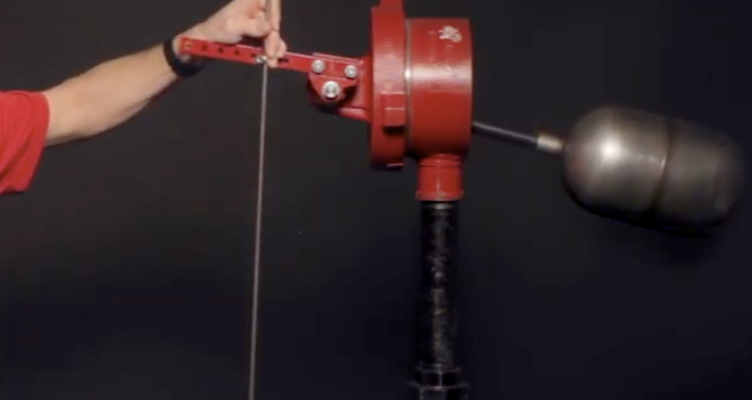A liquid level control system is critical to oil and gas production. Kimray’s Liquid Level Controller is designed to operate with a Lever Operated Dump Valve.
In this video we explain how to attach a linkage rod to the Trunnion Assembly and Dump Valve.
How to install a dump valve Linkage Rod
Step 1. When you mount the linkage rod into a lever bar in your lever-operated dump valve, make sure it’s as close to the trunnion as possible. This will allow for maximum closing force. A common mistake is to push it farther to give more force; it’s actually the opposite.

Step 2: On the lever bar on the dump valve, however, you want to be as far out as possible. This will give you the maximum amount of closing force before you go into operation.

Step 3: Make sure that the compression nut has been tightened properly. It needs to be snug, but not over tightened. This could create a restriction on the movement, and it could cause you to need more force from your float to operate the system.

Step 4: When you install your lever-operated dump valve, make sure that both levers are lined up and not offset from each other. Often we see the dump valve too far out, and this causes your linkage rod to be at an angle, which results in losing closing force from your float. You want this to be as vertical as possible and perpendicular to your lever arm.
Step 5: Insert your linkage rod into your lever on your dump valve and tighten. Pull up on the valve as far as you can. This will ensure that it’s closed.
Step 6: Lift your float off of the bottom of your weld neck and tighten it down. When you let the float go, make sure that you don’t hear it hit the bottom of the well neck. This will ensure you have maximum closing force to your valve.

Step 7: If you do hear it hit the weld neck, you run the risk of the valve not having enough force to close. This could cause it to leak and do premature damage to the valve seating area.
Sizing is key in a Liquid Level Control System
It is critical to always size your valve based on your operating pressures and your flowing conditions. You can then determine what size float and float arm length is required to operate it correctly.
To speak with an expert about your liquid level control system, reach out to your local Kimray store or authorized distributor.







































